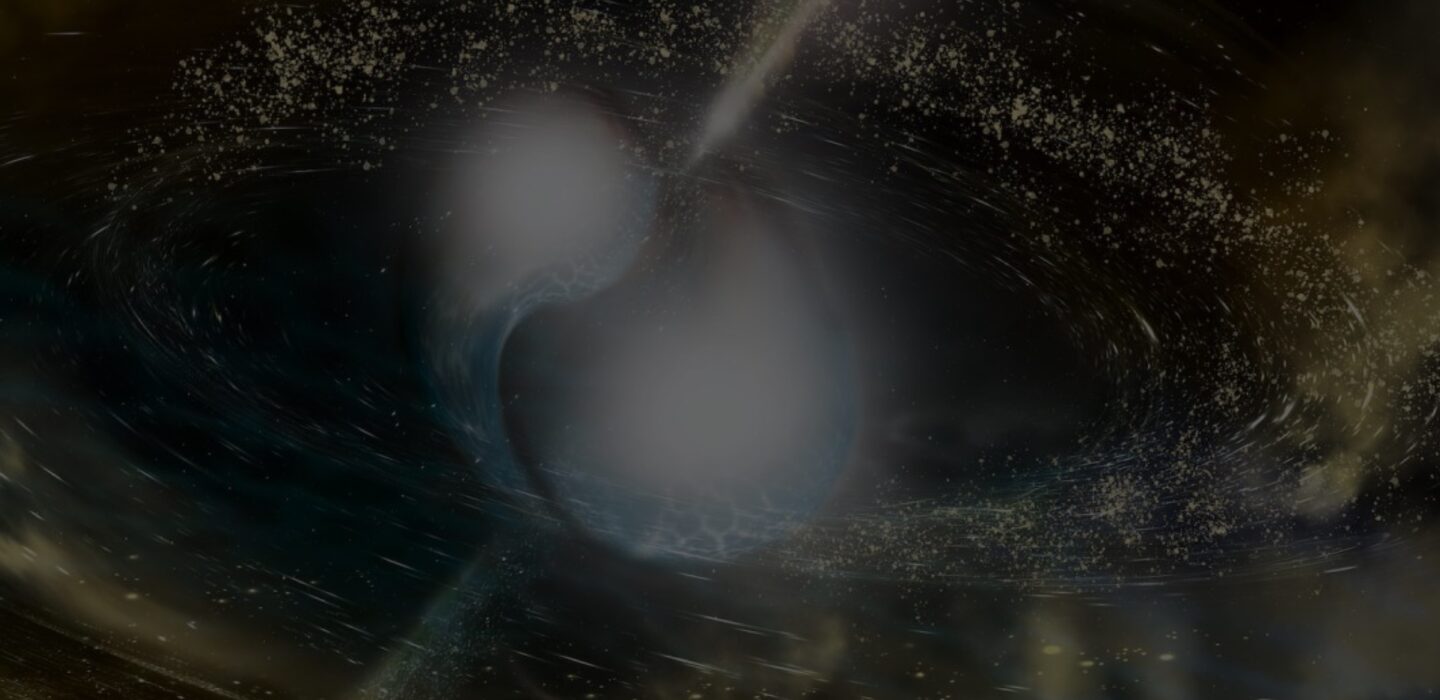Jesse Han

Monday, March 10, 2025
3:00pm
Marlar lounge, in person & via zoom
Talk : Jesse Han, 3:00pm - 3:30pm
Hypervelocity Stars Trace a Supermassive Black Hole in the Large Magellanic Cloud
Hypervelocity stars (HVSs) are produced by the Hills mechanism when a stellar binary is disrupted by a supermassive black hole (SMBH). The HVS Survey detected 21 unbound B-type main-sequence stars in the Milky Way's outer halo that are consistent with ejection via the Hills mechanism. We revisit the trajectories of these stars in light of proper motions from Gaia DR3 and modern constraints on the Milky Way -- Large Magellanic Cloud (LMC) orbit. We find that half of the unbound HVSs discovered by the HVS Survey trace back not the Galactic Center, but to the LMC. Motivated by this finding, we construct a forward-model for HVSs ejected from an SMBH in the LMC and observed through the selection function of the HVS Survey. The predicted spatial and kinematic distributions of simulated HVSs are remarkably similar to the observed distributions. In particular, we reproduce the conspicuous angular clustering of HVSs around the constellation Leo. This clustering occurs because HVSs from the LMC are boosted by ~300km/s by the orbital motion of the LMC, and stars launched parallel to this motion are preferentially selected as HVS candidates. We find that the birth rate and clustering of LMC HVSs cannot be explained by supernova runaways or dynamical ejection scenarios not involving a SMBH. From the ejection velocities and relative number of Magellanic vs. Galactic HVSs, we constrain the mass of the LMC SMBH to be ~6×10^5M⊙.
Speaker
- Jesse Han, CfA